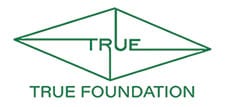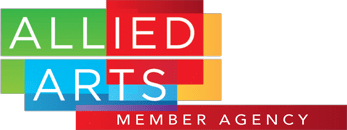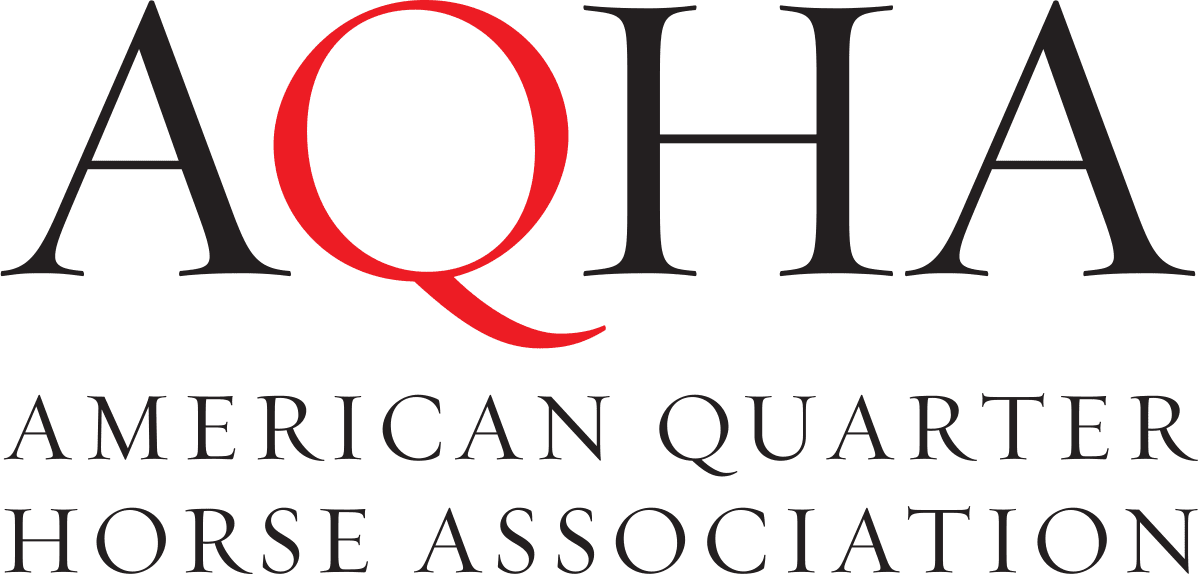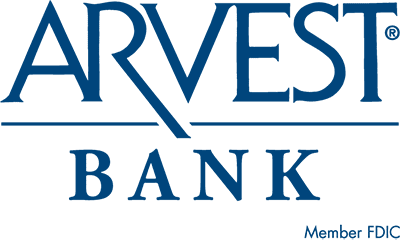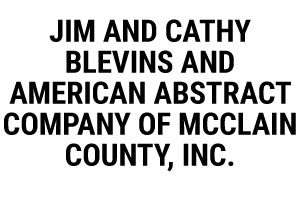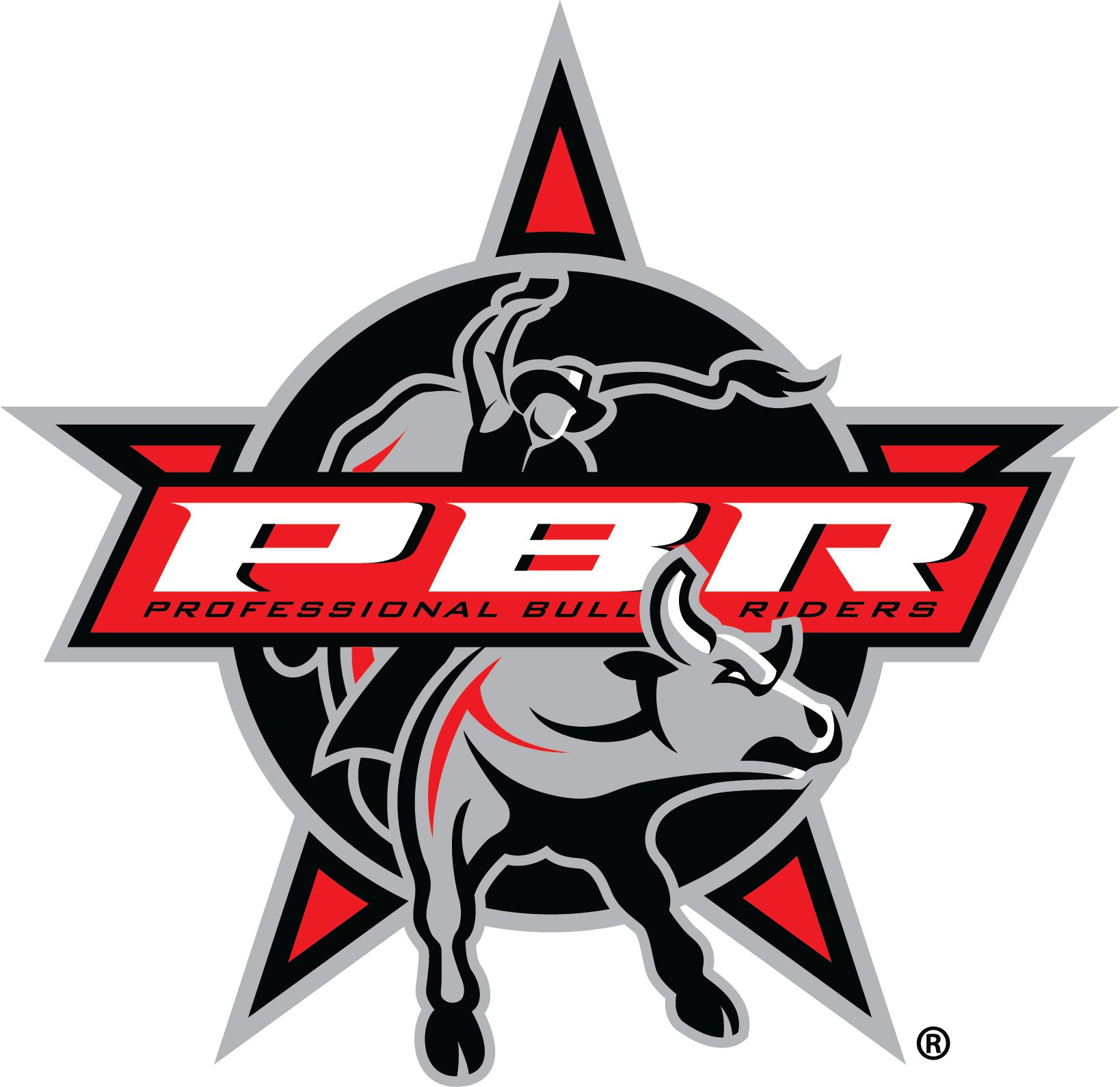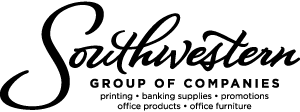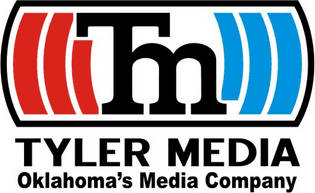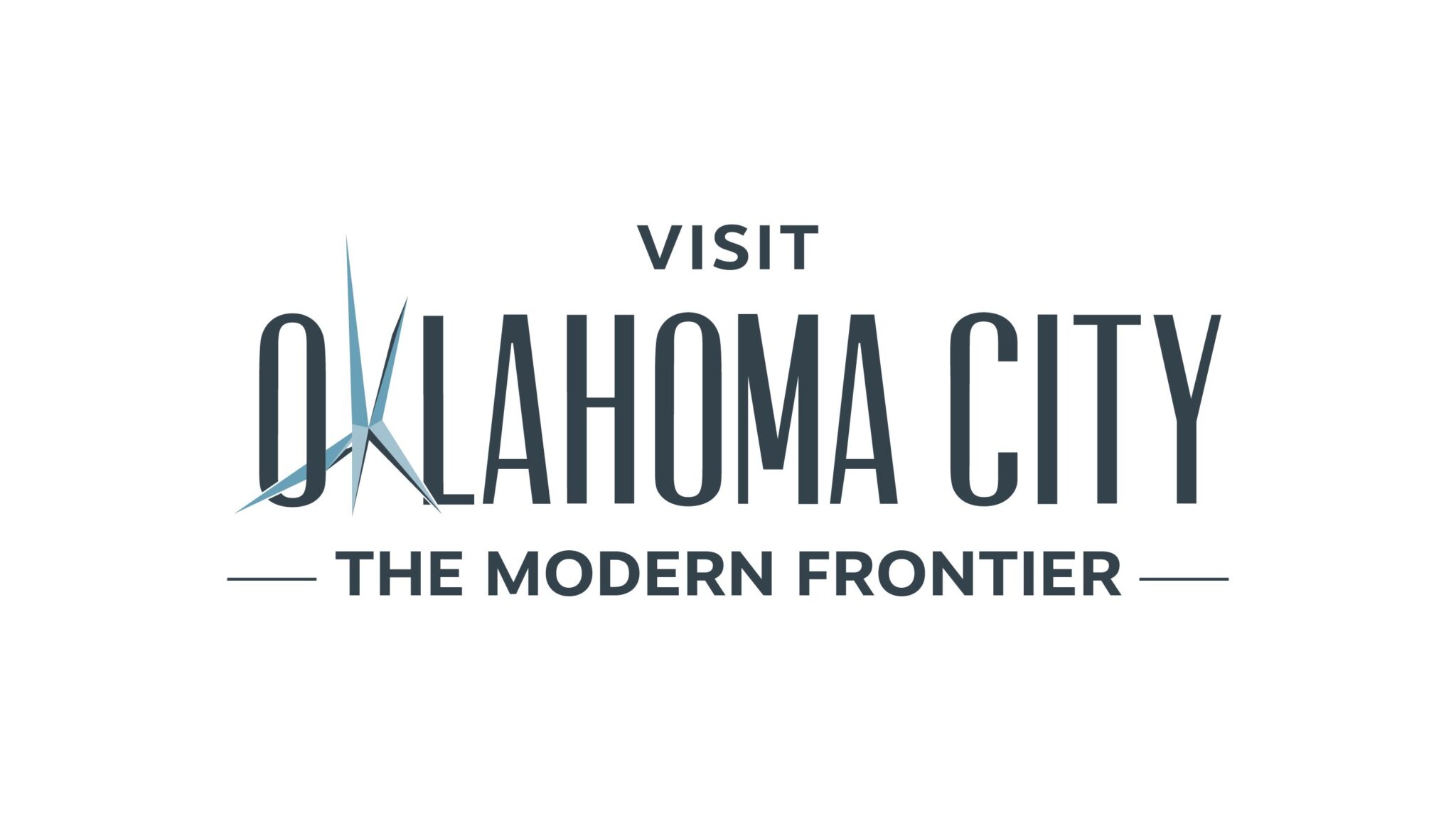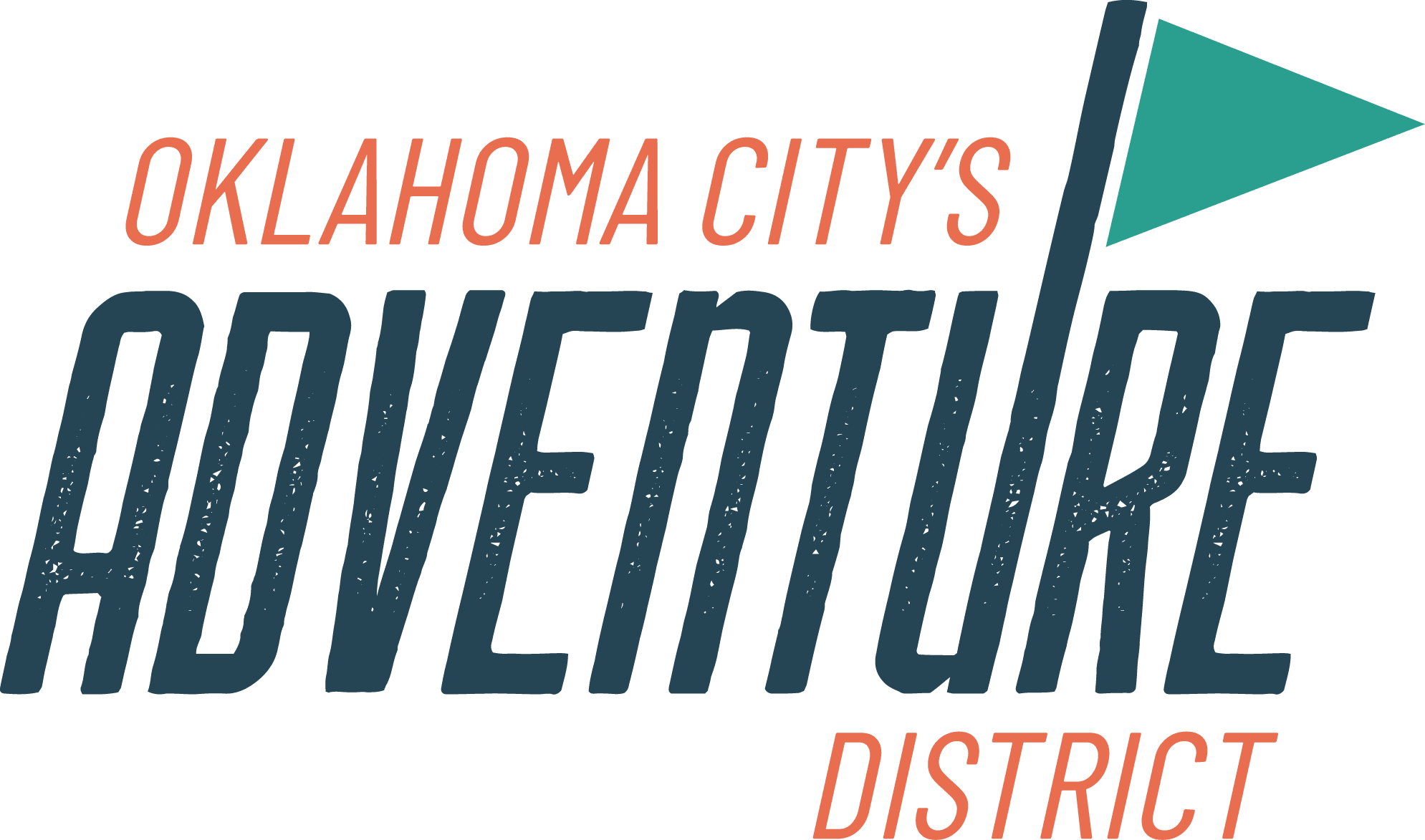
Biography: Discovery
“How could a woman do it?” “What sort of a woman is she?” “How did she stuff ’em?” “I don’t believe them critters was shot; I’ve looked ’em all over and I can’t see any holes. Did she pisen ’em?” “Did she kill them all?”
These were some of the questions with which visitors to the Centennial Exhibition in Philadelphia, Pennsylvania, bombarded Mary Dartt while she relieved her half-sister Martha Maxwell from the same interpretive duties. Martha Maxwell had been asked to represent Colorado Territory at the Centennial by displaying her collection of wildlife specimens presented in natural habitat groupings. Fascinated by unusual animals and “living curiosities,” most Americans would not have been able to see these creatures of the West unless they were displayed. Frustrated by visitor incredulity that a woman could have conceivably done all this, Maxwell put up a sign that read, “Woman’s Work.” From May 10 to November 10, 1876, the Centennial Exposition ran and attracted an estimated 9.8 million visitors.
Dartt reassuringly wrote, “Mrs. Maxwell is the woman who made a collection of the animals of Colorado, procuring herself, either by shooting, poisoning, trapping, buying, or soliciting from her acquaintances, specimens of almost every kind of living creature found in that region, skinning, stuffing, or in other ways preserving them.”
Naturalist, taxidermist, and markswoman, Martha Maxwell is worthy of historical scrutiny. One historian wrote, “Martha had come to see her work as the best way for her to demonstrate the abilities of women and thus to support the cause of feminism.” Another historian wrote, “What distinguished Martha from other taxidermists of the day was that Martha Maxwell always attempted to place stuffed animals in natural poses and amongst natural surroundings. This talent was what would separate her work from others and make her animals so popular with exhibitors and viewers alike.” About herself Martha wrote, “My life is one of physical work, an effort to prove the words spoken by more gifted women….The world demands proof of womans [sic] capacities, without it words are useless.”
Martha Maxwell was the first woman field naturalist who obtained and prepared her own specimens in the same manner as her male contemporaries and brought innovation to the design of natural history dioramas. In 1877 Smithsonian ornithologist Robert Ridgway named the little screech owl, Scops asio maxwelliae, after Martha for her discovery of this subspecies of owl.
Biography: Huntress
Born on July 21, 1831, Martha Ann Dartt lived in Pennsylvania until she was sixteen when the family moved to Baraboo, Wisconsin. After attending only a year of college at Oberlin College in Ohio due to a shortage of funds, she returned to Wisconsin in 1852 to teach school. In exchange for tuition and living expenses to continue her education, Martha accompanied the two oldest children of widower James A. Maxwell to Lawrence University in Appleton, Wisconsin. On March 20, 1854 they married. James was 20 years older than Martha and had six children. In less than two months Martha’s commitment to the temperance movement was evidenced when she was arrested, fined, and set free following her complicity in a raid on the Brick Tavern. Many bottles were drained in what was called the Whiskey War of 1854.
Following the financial crash of 1857 and the birth of their daughter Mabel on November 17, the Maxwells lost their fortune. This along with the lure of gold in the Rocky Mountains and the spring “Rush to the Rockies” in 1859 by gold seekers prompted the Maxwells to go west. By the spring of 1860, they had arrived in Denver. James took to mining, while Martha ran boardinghouses.
In 1862 Martha returned to Baraboo and to her daughter Mabel, who had been staying with relatives. For the next five years she focused her work in taxidermy and temperance reform being elected secretary of the Loyal Women’s League of Baraboo. By September 1866 suffering from poor health, Martha entered the sanitarium at Battle Creek, Michigan and remained there until the spring of 1867 when she returned to Baraboo. Shortly, she moved with Mabel to Vineland, New Jersey, a temperance community founded on idealistic and visionary principles. But, estranged husband James coerced Martha back to Boulder, Colorado.
Biography: Recognition
Martha began collecting and preparing specimens in a feverish way. At first relying primarily on boys in the neighborhood for specimens, Maxwell obtained a gun, practiced her marksmanship, and began a series of collecting trips into the mountains. By September 1868, Martha had gathered 600 specimens and had taken them to the Third Annual Exposition of the Colorado Agricultural Society held at the Denver fair grounds. Governor Alexander Hunt of Colorado was so impressed with her collection that he asked her to represent Colorado at the St. Louis Fair in 1870. Selling this collection to Shaw’s Gardens for $600 in 1870, she set about over the following months to collect and stuff a new collection.
On June 4, 1874, Martha Maxwell opened her own Rocky Mountain Museum which inhabited three rooms on the second floor of the Dabney-Macky block at the corner of Pearl and 12th streets in Boulder. Admission was 25 cents. By the end of 1875, Maxwell had moved the Museum to Denver located in a building situated on Lawrence Street where the Park Central complex is today. The museum proved to be no more of a financial success here than in Boulder.
During the Centennial Exposition in Philadelphia, Martha received national recognition and fame for her natural habitat displays and her taxidermic artistry. While the Colorado and Kansas commissioners presented her with an Evans rifle, Martha, following the Exposition, endured financial setbacks and tried to find ways to exhibit and/or sell her collection.
Estranged from her husband who remained in Colorado, Martha had moved from Philadelphia to Rockaway Beach, New York, by 1880. While preparing her bathhouse-museum there for the summer months of 1881, a lonely Martha began to suffer physically and emotionally. Her suffering was exacerbated by the cold months of winter and her health declined. Her daughter Mabel, summoned from Colorado, was informed that Martha was dying from an ovarian tumor. Mabel recalled, “Mother was so pitifully glad to see me that it almost broke my heart.” In the early morning of May 31, 1881, Martha Maxwell died in her daughter’s arms.
A Word About Stereographs and Anaglyphs
Stereographs were widely popular in the late 19th century and early 20th century. Although one of the primary selling points was always their educational content, perhaps the best way to think about stereographs is as the television or DVD of their era. In a time when few people traveled for pleasure, one of the main reasons people collected stereographs was to serve as a relatively inexpensive way to “travel” without ever leaving home. Other stereograph card collectors might focus on images of trains, animals, or lighthouses, similar to the way someone today might collect science fiction or western films on DVD.
Stereographs are NOT two identical images printed side-by-side. A special stereographic camera has two lenses with the center of the lenses placed approximately 2½ inches apart (the distance between the eyes of a typical adult) that takes two simultaneous photographs. When the printed photographs were placed on a stereograph card, 7 inches wide and 3½ to 4½ inches high, with the center of the images the same distance apart, the three-dimensionality of the original scene is recreated when seen through a stereo viewer. Viewmaster reels and viewers, which are still made today, are based on the same principle. However, Viewmaster images differ because they are transparent, in full color, and much smaller than the images used with a stereo viewer.
Anaglyphs are created through the manipulation of the original stereograph cards using the Adobe Photoshop program. Anaglyphs are images that, when seen with red/blue “3-D” glasses, allow the viewer to see the photographs as three-dimensional. Images are made up of two color layers, superimposed, but offset with respect to each other to produce a depth effect. Usually the main subject is in the center, while the foreground and background are shifted laterally in opposite directions. The picture contains two differently filtered colored images, one for each eye. When viewed through the red/blue 3-D glasses, they reveal an integrated stereoscopic image. The visual cortex of the brain fuses this into perception of a three-dimensional scene or composition.
Since their discovery in the 1850s as the result of experiments by the Frenchmen Joseph D’Almeida and Louis Du Hauron, anaglyph images have been used in comic books, newspapers, and magazine ads. In 1953, 3-D comic books were invented and distributed with red/green “space goggles.” Anaglyphs have seen a recent resurgence through movies, video, and internet productions. Examples include the Hannah Montana/Miley Cyrus 2007 3-D concert film, the 2008 3-D theatrical release of Journey to the Center of Earth, and NASA’s anaglypic landscapes captured by the various Mars rovers.
The 3-D Exhibit
Stereoscopes or stereoscopic viewers were used for viewing stereographs. Beginning in 1850 with Sir William Brewster’s invention of the lenticular stereoscope, these viewers evolved. Other inventions included viewers that could hold up to 200 stereographs on an endless belt, similar to CD and DVD jukeboxes in use today. In 1859 physician and poet Oliver Wendell Holmes (1809-1894) invented the familiar handheld stereoscopic viewer.
The Keystone View Company of Meadville, Pa., was the world’s largest producer of stereographs and was in business from 1892 to 1970 on a limited basis. The company was founded by Benneville Lloyd Singley (1864-1938) who photographed many of the views sold by Keystone. Keystone would eventually purchase almost all of their competitors. Singley filed for two stereoscope patents, the first in 1898. C. L. Pappenhagen, an employee of the company, filed for four patents for a total of six for the company.
Click the photograph to enter the 3-D Exhibit. Have your 3-D glasses ready! Please allow 5-10 seconds for the anaglyphs to load.
Hand Held Stereoscope, 1892-1920
Keystone View Company, Meadville, PA
Glenn D. Shirley Collection, RC2006.068.5.41
This stereoscope is on display in the exhibit.
Martha Maxwell
Benson, Maxine. Martha Maxwell, Rocky Mountain Naturalist (Women in the West Series) . Lincoln, NE: Bison Books, 1999. ISBN: 080326155
Benson, Maxine. “Centennial Naturalist: Martha Maxwell, 1831-1881.” A Taste of the West: Essays in Honor of Robert G. Athearn. Boulder, CO: Pruett Publishing Co., 1983.
Dartt, Mary. On the Plains, and Among the Peaks; or, How Mrs. Maxwell Made Her Natural History Collection. Philadelphia: Claxton, Remsen & Haffelfinger, 1879.
McVey, James. Martha Maxwell, Natural History Pioneer (Now You Know Bios Series). Filter Palmer Lake, CO: Filter Press, 2005. ISBN: 0865410755
Moring, John. “Martha Maxwell and Her Museum,” Early American Naturalists: Exploring the American West, 1804-1900. Boulder, CO: Taylor Trade Publications, 2005. ISBN: 1589791835
Shirley, Gayle C. “Martha Maxwell, 1831-1881: Naturalist and Taxidermist,” Remarkable Colorado Women (More Than Petticoats Series). Guilford, CT: Globe Pequot, 2002. ISBN: 0762712694
Sarah J. Weatherwax, Curator of Prints and Photographs. “Curator’s Favorites,” The Library Company of Philadelphia. Fall, 2007. (http://www.librarycompany.org/collections/prints/cfav/archive/fall2007.htm)
“Martha Ann Dartt Maxwell.” Colorado Women’s Hall of Fame. (http://www.cogreatwomen.org/maxwell.htm)
“Revealing Our Routes: Women of Boulder County.” Women of the West Museum. (http://www.boulderhistorymuseum.org/reveal/bios/maxwell.html)
Stereoscopes and Stereoviews
Darrah, William. The World of Stereographs. Gettysburg, PA: Darrah, 1977.
Holmes, Oliver Wendell. The Stereoscope and Stereoscopic Photographs. New York and London: Underwood & Underwood, 1906.
Leggat, Robert. A History of Photography from its beginnings till the 1920s: (http://www.rleggat.com/photohistory)
Central Pacific Railroad Photographic History Museum: (http://cprr.org)
John Pitcher Spooner California Stereograph Collection, Digital Collections, Holt-Atherton Special Collections, Pacific Library, University of the Pacific: (http://library.pacific.edu/ha/digital/spooner/index.asp)
Johnson-Shaw Stereoscopic Museum: (http://www.johnsonshawmuseum.org)
Stereocard Collection, Digital Collections, University Libraries, University of Washington. (http://content.lib.washington.edu/stereoweb/)
Stereoviews.info: (http://www.stereoviews.info)
World of Stereoviews: (http://www.worldofstereoviews.com)
Anaglyphs
Zone, Ray. Stereoscopic Cinema and the Origins of 3-D Film, 1838-1952. Lexington: University Press of Kentucky, 2007. ISBN: 0813124611 (hardcover)
FAQ: Anaglyphs at Stereoscopy.com: (http://www.stereoscopy.com/faq/anaglyphs.html)
Goldsborough, Gordon. “Making Anaglyphs from Stereoviews,” Manitoba Historical Society: (http://www.mhs.mb.ca/docs/features/manitoba3d/anaglyphs.shtml)
Wattie, John. Anaglyphs for Computer Stereoscopy: (http://nzphoto.tripod.com/sterea/anaglyphs.htm)
Make 3-D Glasses, Wired.com How-To Wiki: (http://howto.wired.com/wiki/Make_3-D_Glasses)
Make Your Own 3-D Paper Glasses: (http://paperproject.org/PDF_files/3dglasses.pdf)





 Resources
Resources

